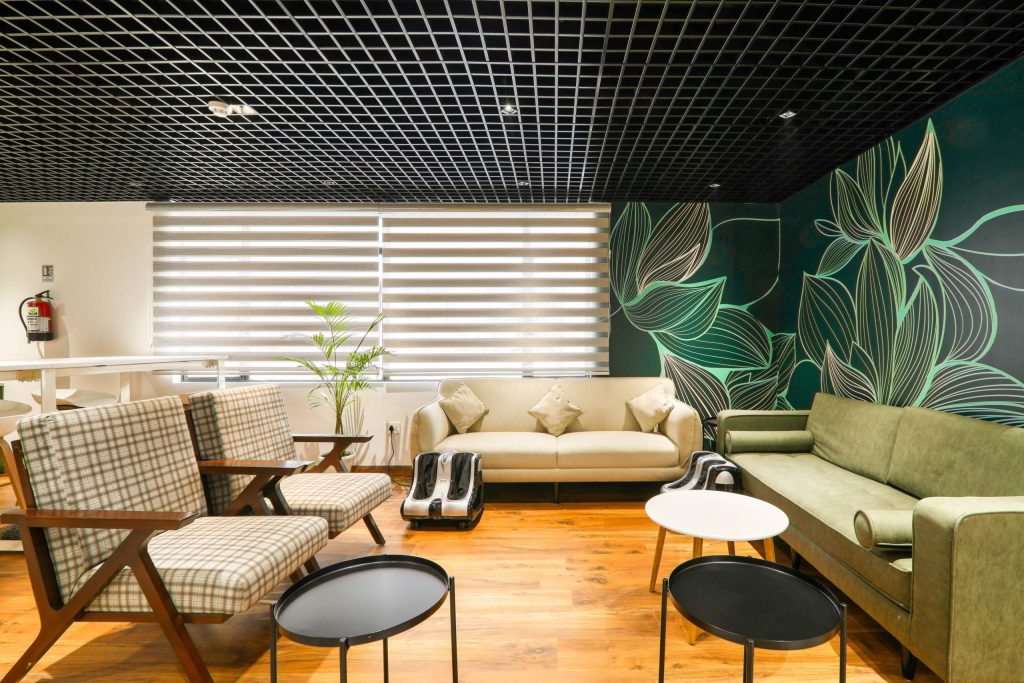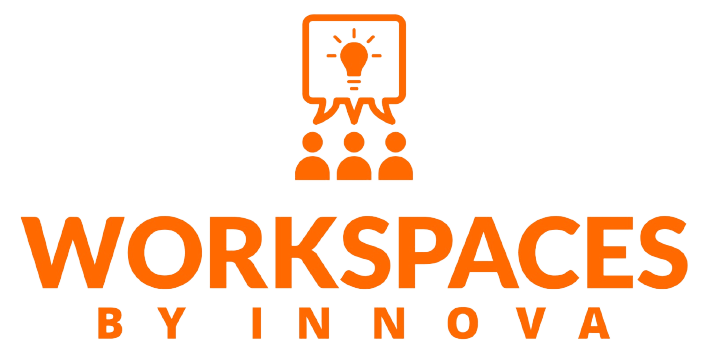
Our methods for approaching work and collaborating with coworkers have significantly changed in recent years. Collaborative workspaces that promote innovation, creativity, and teamwork are taking the place of conventional office arrangements. The way we collaborate is changing thanks to these dynamic workplaces, which also boost productivity and foster a sense of teamwork among staff members. The development of collaborative workplaces and how it has affected the modern workplace are both topics covered in this article.
Flexibility, open communication, and resource sharing are prioritised in collaborative workspaces, which rethink the conventional office design. The time of solitary cubicles and offices with doors that shut is long gone. These workspaces, however, are created to promote communication, cooperation, and idea-sharing.
The era of solitary cubicles and offices with locked doors is over. Instead, these workspaces are made to promote conversation, teamwork, and idea sharing. A sense of community is fostered by open floor patterns, common areas, and shared amenities, which encourage cross-functional cooperation and innovation.
Collaborative workspaces are made expressly to promote team member collaboration. Open desks and common tables in shared workspaces promote casual discussions and idea sharing. Additionally, specific facilities like conference rooms, brainstorming spots, and project pods give teams the right setting for working together to complete tasks and resolve issues. These work areas encourage cooperation, which improves teamwork, sparks creativity, and increases productivity.
In collaborative workspaces, technology is essential. The smooth collaboration of remote teams or coworkers who are separated by distance is made possible by modern communication solutions like video conferencing systems and instant messaging software. Project management software, touchscreens, and interactive digital whiteboards further improve teamwork by facilitating task monitoring, real-time document collaboration, and information sharing. Using these technologies makes it possible for distributed or remote teams to work together productively in a common area.
Flexibility is encouraged by collaborative workspaces, which provide workers with the freedom to decide where and how they work. To accommodate various work styles and preferences, these spaces provide a range of work settings, including open areas, private rooms, and silent zones.
Employees may customise their workspace to suit their needs thanks to flexible seating arrangements, mobile furniture, and adjustable workstations, which encourage comfort and productivity. This adaptability helps the expanding popularity of remote and flexible work arrangements by enabling people to move easily between working in an office setting and working from home.
Collaborative workspaces emphasize fostering a sense of belonging among their workers. These areas foster social contact and team bonding by offering communal amenities including lounges, game rooms, and recreational areas. In addition, wellness initiatives like yoga sessions, meditation spaces, or on-site gyms support worker well-being and a healthy work-life balance. These collaborative workspaces’ emphasis on community and companionship can improve worker satisfaction, engagement, and retention.
The way we work together has been revolutionised by collaborative workplaces. These dynamic environments have changed the modern workplace by redefining workspaces, fostering collaboration, embracing technology, encouraging flexibility, and building a feeling of community. We can anticipate further innovation in workspace design and an increased focus on collaboration and teamwork in the years to come as businesses continue to see the value of collaborative workspaces.

